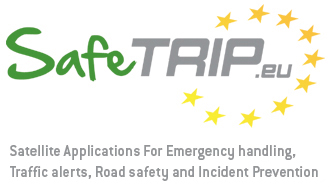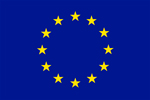Introduction
User Needs
Environment
Passenger Transport Operators
Environment
Access to Vehicle Information
Access to Environmental Information
Description of Methodology
Others
Safety
Entertainment
Others
Individuals EU-Citizens
Safety
Navigation
Entertainment
Emergency Services
Call Filtering
Information about Heavy/Hazardous Goods
Information about Coach/Bus involved in Incident
Access to Vehicle Information
The following information improves the emergency response and preparation:
- Make and color of vehicle – assists the intervention team in fast visual identification when they are near or at the scene. This is especially useful in cases where multiple vehicles are involved, or vehicle is in the middle of a traffic jam or in a car park.
In case of an incident on a motorway involving 2 or more vehicles, it is fairly easy to identify the vehicles involved. If the call originated from a parking lot, then it may be quite tricky. For instance, if the emergency call was for a medical emergency (such as a stroke), then there is no visible clue to identify the vehicle.
It also happens that the ‘wrong’ incident is attended to if the latter happens to be closely located to the ‘reported’ incident. Having the vehicle information helps towards locating the reported incident.
- Fuel type and amount left in the tank – enables emergency services to assess the risk of fire, its potential severity and bring along appropriate equipment to deal with fuel type. Different fuel types require different techniques and equipment to be used.
- Precise vehicle model – allows emergency personnel to access the right vehicle information about airbag sensors and airbag locations in cases where vehicle has to be cut in order to extract vehicle occupants. The problem is that cutting the vehicle at certain locations may trigger airbag sensors and the deployment of airbags which can cause further injuries to the occupants or make extraction more difficult.
- Vehicle status – any pertinent information about the state of the vehicle e.g. whether it is on fire or not, whether it is upside down. Having a camera onboard can be helpful in medical emergency situations.
In most modern vehicle or older vehicle equipped with appropriate telematics solution, such information can be available by interrogating the vehicle’s computer or by interfacing with the car numerous buses. The challenge is how to extract the information, package it securely.



